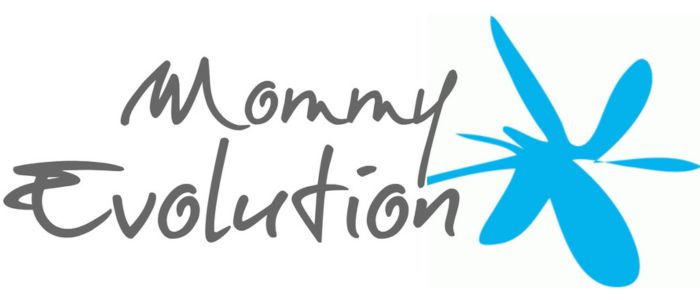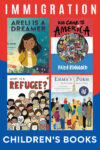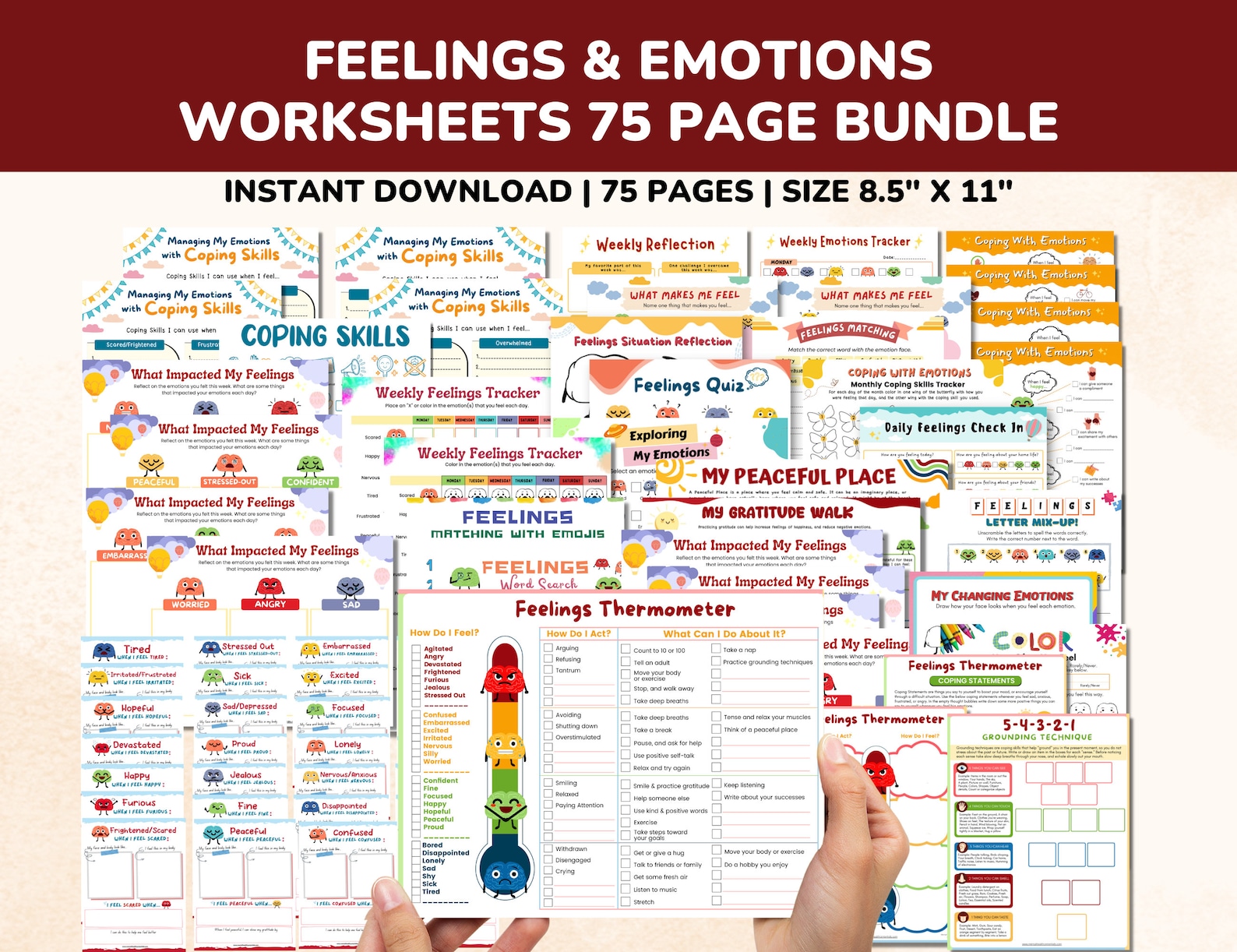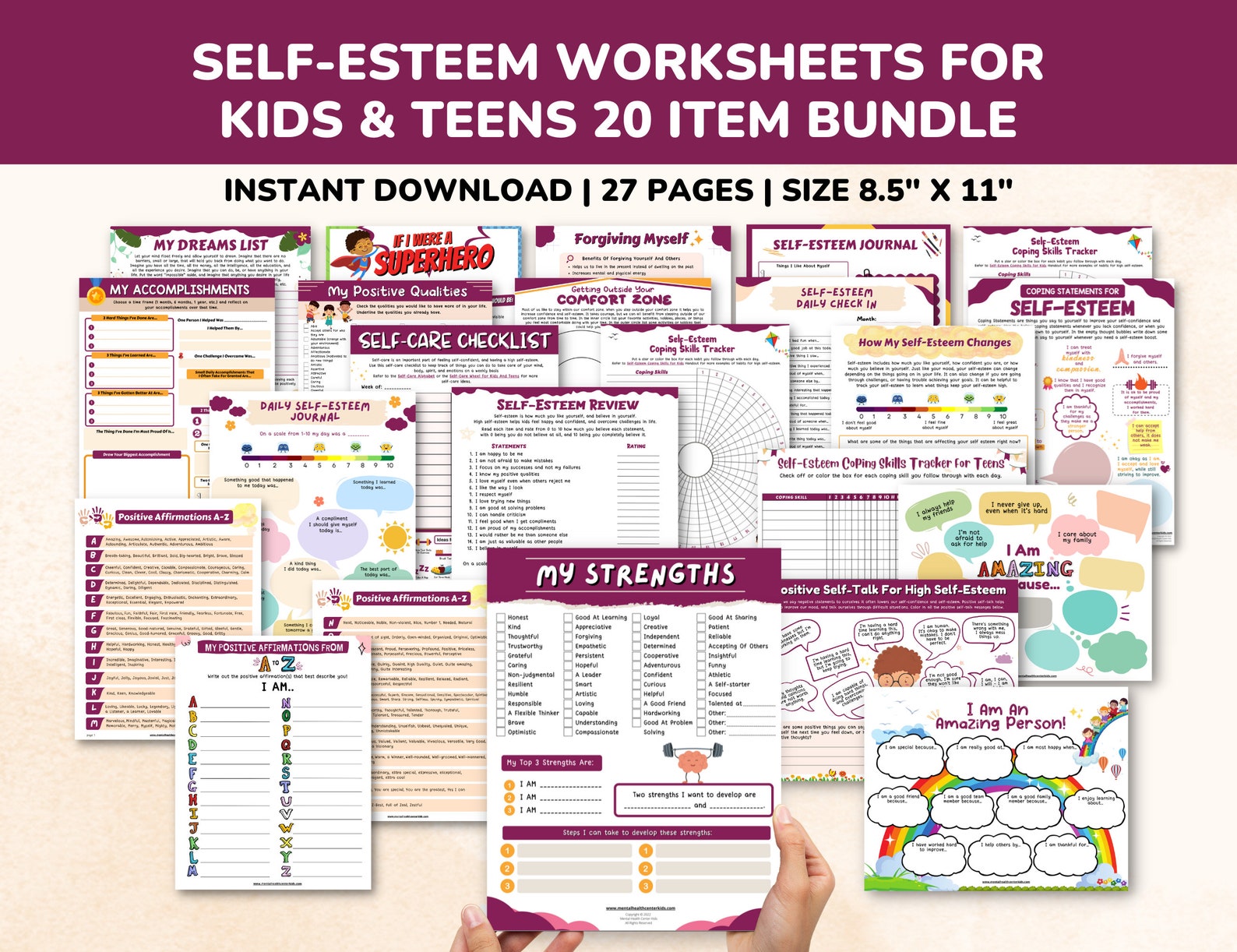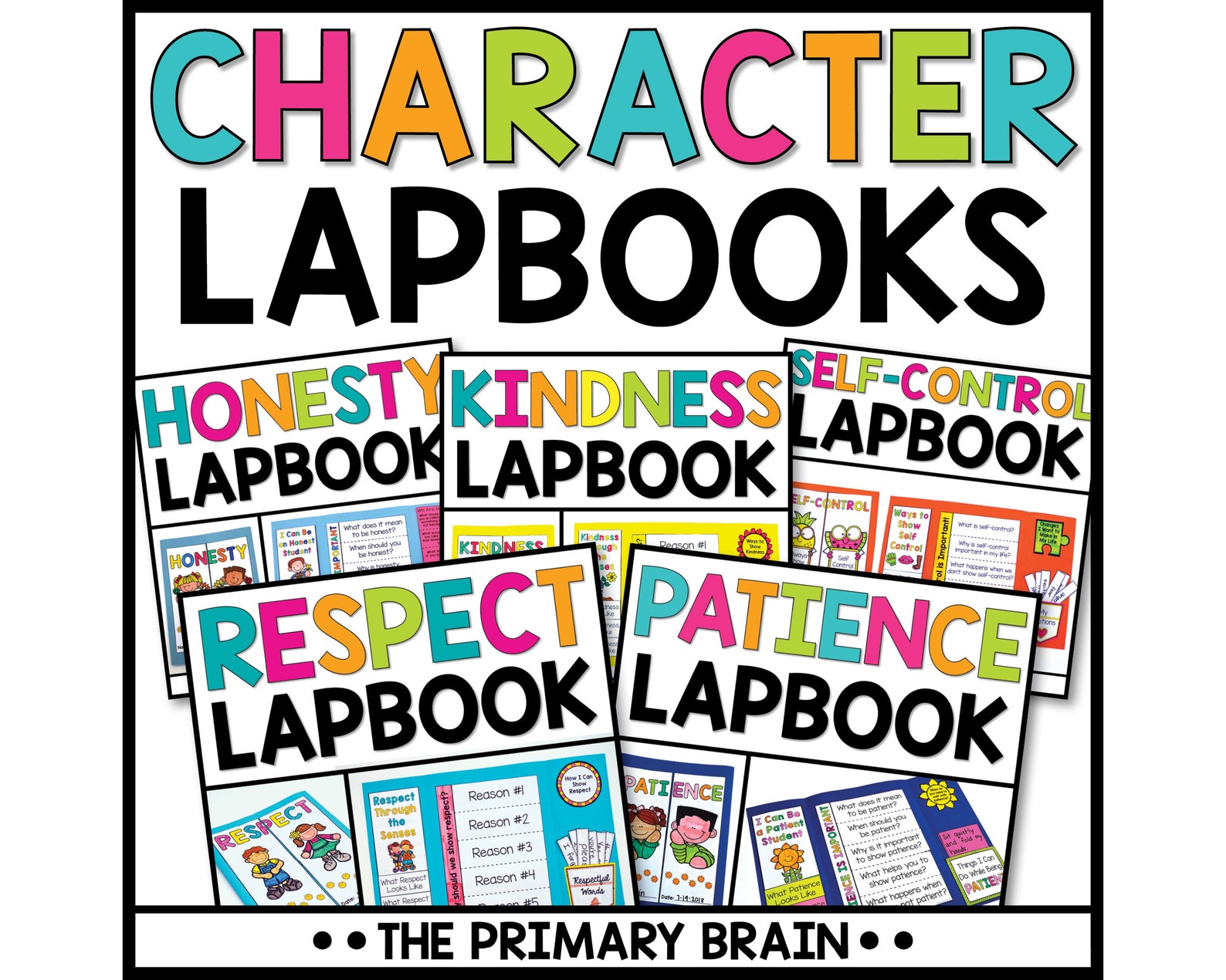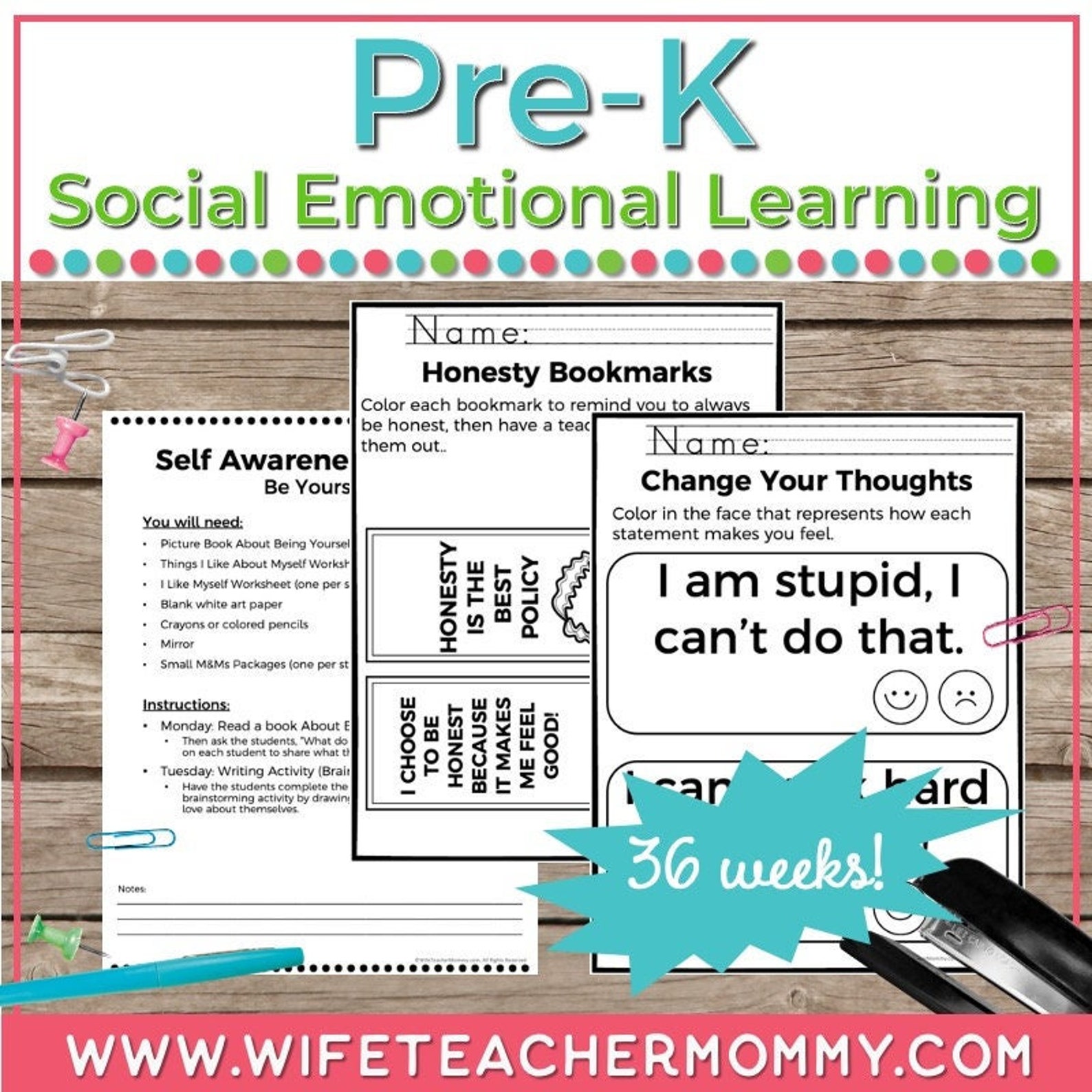Children’s Books about Immigration
Embark on a poignant exploration of diverse journeys and the universal theme of hope with Children’s Books about Immigration.
These powerful picture book narratives, often told through the eyes of young protagonists, navigate the complexities of immigration, fostering empathy, understanding and a celebration of the rich tapestry of human experiences for young readers.
You can find these childrens books about immigration at your local library or through the links provided for your convenience.
This post contains affiliate links.
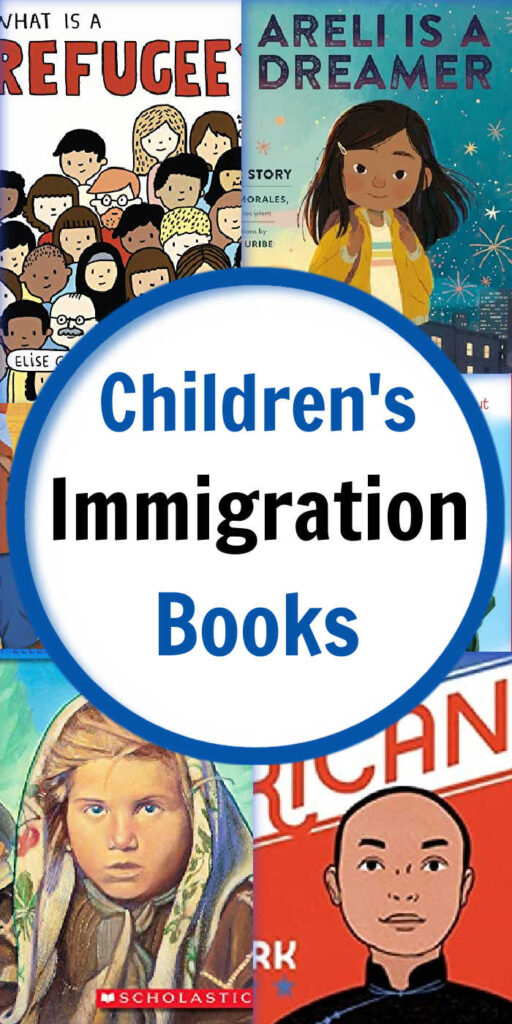
How Immigration Works
Introducing the concept of immigration to elementary students can be done with sensitivity and simplicity.
Immigration is when people move from one country to another. People choose to move for different reasons. Sometimes, they move to find better job opportunities or to be with their family.
You, Me and Empathy: Teaching children about empathy, feelings, kindness, compassion, tolerance and recognising bullying behaviours Learning to Listen, Learning to Care: A Workbook to Help Kids Learn Self-Control and Empathy
Learning to Listen, Learning to Care: A Workbook to Help Kids Learn Self-Control and Empathy UnSelfie: Why Empathetic Kids Succeed in Our All-About-Me World
UnSelfie: Why Empathetic Kids Succeed in Our All-About-Me World The Kindness Curriculum: Stop Bullying Before It Starts
The Kindness Curriculum: Stop Bullying Before It Starts
Other times, they might move because their country has faced challenges, and they’re looking for a safer place to live.
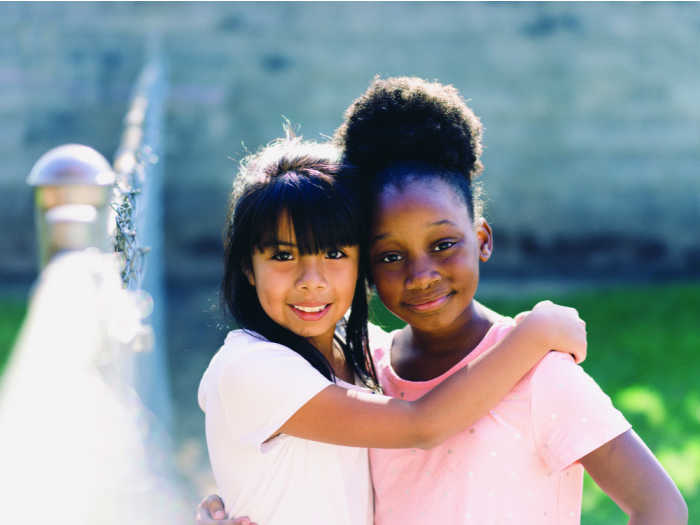
When people move to a new country, it’s called immigrating. It’s like starting a new chapter in a book, exploring new places, meeting new friends, and bringing their unique stories to share with others.
How is Immigration Part of Social Emotional Learning
Immigration is a part of the fabric of social-emotional learning (SEL) in various ways, fostering the development of emotional intelligence, empathy and cultural understanding. Here’s how:
Empathy and Perspective-Taking: Learning about immigration provides an opportunity for students to understand and empathize with the challenges and experiences of those who have immigrated. It encourages perspective-taking, a crucial aspect of SEL, as students consider the emotions, struggles, and triumphs of individuals and families.
Embrace these 10 Ways to Raise Kind Kids at home.
Cultural Awareness and Respect: Exploring immigration stories exposes students to diverse cultures and backgrounds. This exposure contributes to the development of cultural awareness, promoting respect for different traditions, languages and ways of life. SEL emphasizes recognizing and appreciating diversity.
Feelings & Emotions Worksheets Chart 75 Pg Printable Bundle Self-Esteem Worksheets 20 Item Printable Bundle for Kids & Teens
Self-Esteem Worksheets 20 Item Printable Bundle for Kids & Teens Character Education Lessons Lapbook Bundle, Includes Kindness, Patience, Self-Control, Honesty, and Respect
Character Education Lessons Lapbook Bundle, Includes Kindness, Patience, Self-Control, Honesty, and Respect 36 Weeks of Social Emotional Learning for Pre-K
36 Weeks of Social Emotional Learning for Pre-K
Relationship Skills: Studying immigration often involves discussing family dynamics, relationships and the impact of separation. This can foster the development of relationship skills as students explore how families maintain connections across distances and navigate the challenges of starting anew in a different country.
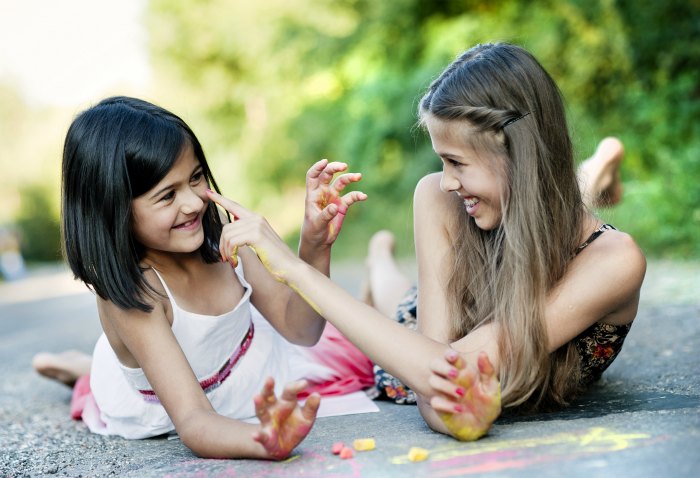
Self-Awareness and Identity: Immigration stories can prompt reflections on personal identity and the factors that shape who we are. SEL encourages self-awareness, helping students understand their own identities and recognize the uniqueness of others.
Resilience and Coping Strategies: Immigration often involves adapting to new environments, which requires resilience. Exploring these stories can serve as a model for understanding resilience and the various coping strategies individuals and families employ in the face of challenges.
Social Responsibility: SEL emphasizes social responsibility, and discussions around immigration naturally lead to considerations of justice, fairness, and the rights of individuals and communities. This fosters a sense of responsibility toward others, both locally and globally.
Improve Every Lesson Plan with SEL Social-Emotional Learning and the Brain: Strategies to Help Your Students Thrive
Social-Emotional Learning and the Brain: Strategies to Help Your Students Thrive The Social-Emotional Learning Playbook: A Guide to Student and Teacher Well-Being
The Social-Emotional Learning Playbook: A Guide to Student and Teacher Well-Being SEL for Teachers: A Journal of Social Emotional Learning
SEL for Teachers: A Journal of Social Emotional Learning
Decision-Making Skills: Understanding the reasons people choose to immigrate and the challenges they face provides a context for decision-making discussions. Students can explore the complexities of these decisions and consider the emotional aspects involved.
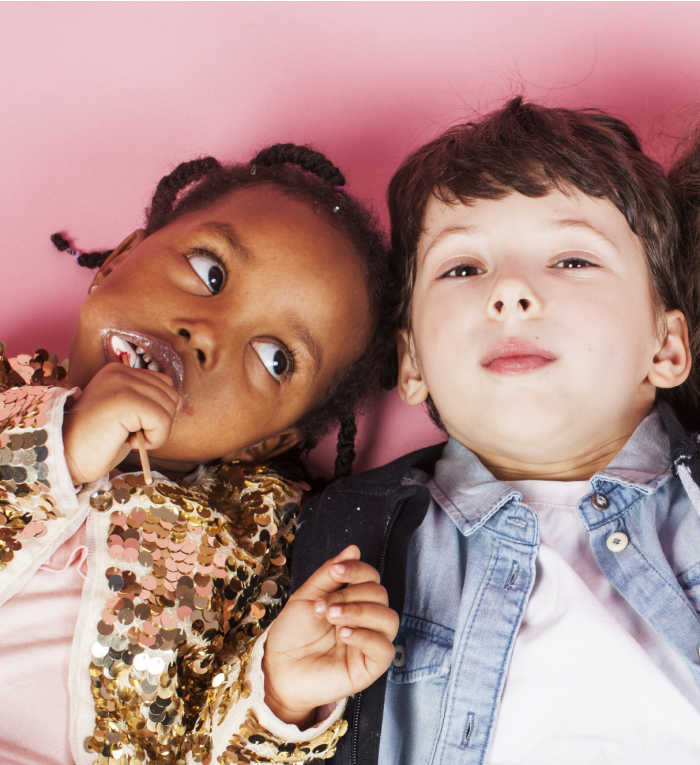
Incorporating immigration stories and experiences into SEL activities allows educators to address not only academic but also social and emotional competencies, nurturing well-rounded and empathetic individuals.
For more SEL, visit our Social Emotional Learning Books.
And learn How To Teach Social Emotional Learning At Home.
Children's Books on Immigration
In this simple, graphic and bold picture book for young children, author/illustrator Elise Gravel explores what it means to be a refugee. This book is the perfect tool to introduce an important and timely topic to children.
In this fascinating and fun take on nonfiction for kids, Dave Eggers and Shawn Harris investigate a seemingly small trait of America's most emblematic statue.
What they find is about more than history, more than art. What they find in the Statue of Liberty's right foot is the powerful message of acceptance that is essential of an entire country's creation.
Acclaimed poet Bao Phi delivers a powerful, honest glimpse into a relationship between father and son—and between cultures, old and new.
Together with graphic novelist Thi Bui’s striking, evocative art, Phi’s expertly crafted prose reflects an immigrant family making its way in a new home while honoring its bonds to the past.
With stirring illustrations, this tender tale shows the human side of immigration and imprisonment—and shows how every child has the power to make a difference.
An ALA Notable Book for Children * Winner of the Woodson Award
When American-born Wong Kim Ark returns home to San Francisco after a visit to China, he’s stopped and told he cannot enter: he isn’t American.
What happens next would forever change the national conversation on who is and isn’t American.
After being imprisoned on a ship for months, Wong Kim Ark takes his case to the Supreme Court and argues any person born in America is an American citizen.
Danbi Leads the School Parade introduces readers to an irresistible new character where she learns to navigate her two cultures and realizes that when you open your world to others, their world opens up to you.
Sweet Dreams Habibi is a heartfelt story about a family's adventure moving to America.
The tale unfolds through a mom's story to her daughter at bedtime, painting a picture of her simple life back home filled with rich culture and traditions.
Being the new kid in school is hard enough, but what happens when nobody can pronounce your name? Having just moved from Korea, Unhei is anxious about fitting in.
Dan Yaccarino’s great-grandfather arrived at Ellis Island with a small shovel and his parents’ good advice: “Work hard, but remember to enjoy life, and never forget your family.”
It’s a story that will have kids asking their parents and grandparents: Where did we come from? How did our family make the journey all the way to America?
A 2024 Pura Belpré Youth Illustration Honor Book
Where the fields meet the horizon, our harvesters gather the crops that fill our bellies, from sunrise to sunset. Told from the perspective of a proud son, this heartfelt and beautifully illustrated story illuminates the sacrifice and hardship that one father endures for his family.
Vividly expressed in Faith Ringgold’s sumptuous colors and patterns, We Came to America is an ode to every American who came before us, and a tribute to each child who will carry its proud message of diversity into our nation’s future.
Every day, children in migration are detained at the US-Mexico border. They are scared, alone, and their lives are in limbo.
Hear My Voice/Escucha mi voz shares the stories of 61 these children, from Honduras, Guatemala, El Salvador, Ecuador, and Mexico, ranging in age from five to seventeen — in their own words from actual sworn testimonies.
A celebration of our nation's melting pot, this beautifully illustrated origin story of the Statue of Liberty honors a poet who has advocated for the voiceless.
If your name were changed at Ellis Island? Would everyone in your family travel together? How long would you stay at Ellis Island? Would your name be changed?
This book tells you what it was like if when Ellis Island was opened in 1892 as a center for immigrants coming to live in America.
When Estela Juarez's mom is deported to Mexico, Estela knows she has to speak up for her family. Told in Estela's own words.
Until Someone Listens is a true story about a young girl finding her voice and using it to make change.
When Areli was just a baby, her mama and papa moved from Mexico to New York with her brother, Alex, to make a better life for the family--and when she was in kindergarten, they sent for her, too.
In the first picture book written by a DACA Dreamer, Areli Morales tells her own powerful and vibrant immigration story.
In this engaging book, preschoolers will learn the fascinating story behind the creation of the Statue of Liberty.
And they'll gain a clear understanding of what the Statue of Liberty has always meant to people around the world.
This lyrical and extremely timely picture book illuminates the many different migrants who have made their homes in North America through the centuries.
